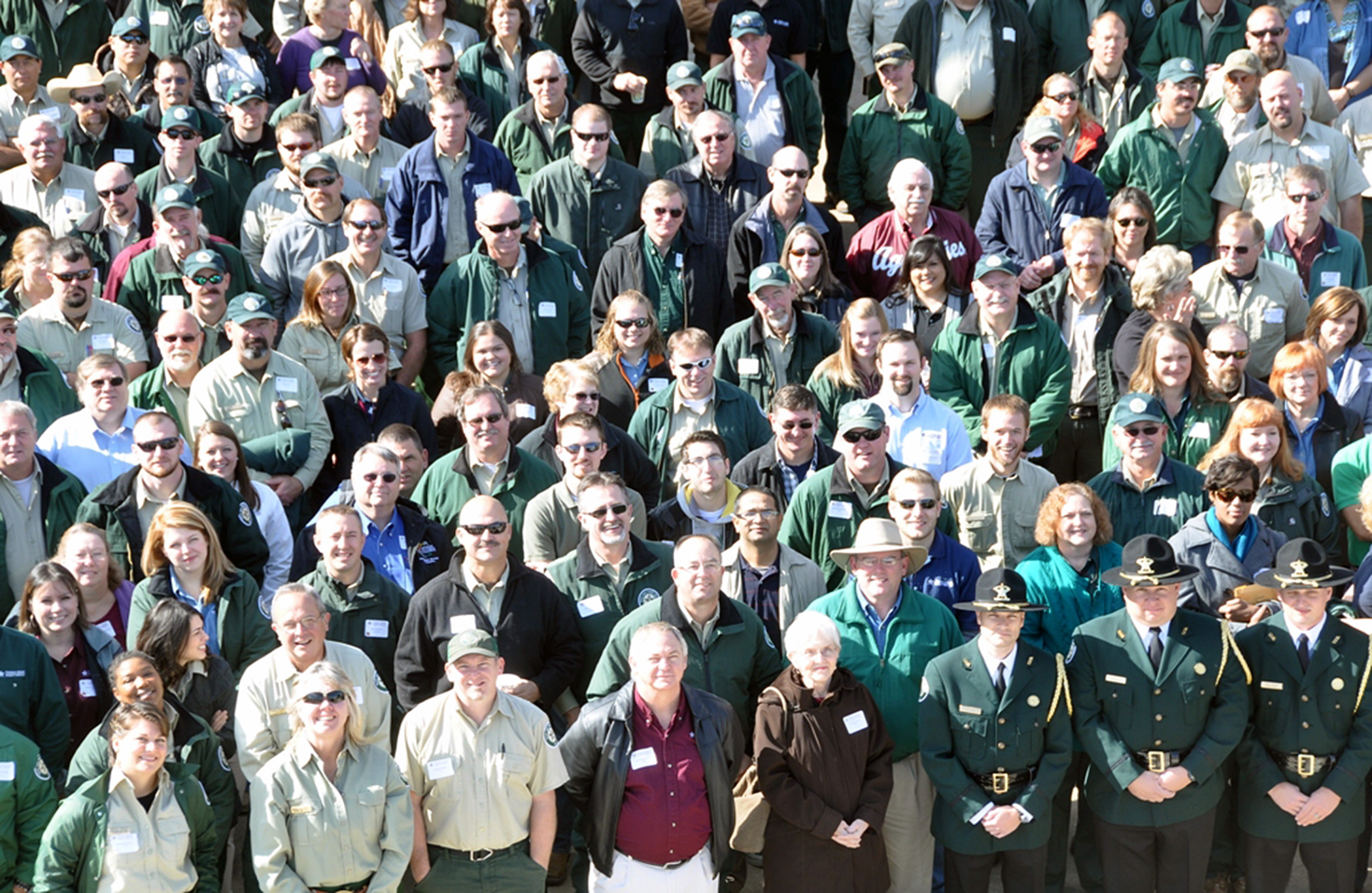

The decade of the 1930s was a trying one for the United States. The Great Depression, precipitated by the stock market crash in October 1929, impacted all citizens. By 1932, lumber production in Texas had fallen to 350 million board feet per year. Between 1924 and 1933, lumber prices fluctuated widely, from a high of $30 to a low of $14 per thousand board feet. With production costs remaining relatively stable, such fluctuations proved disastrous to many sawmill owners. Numerous large lumber companies, whose properties were exhausted of timber, slowed or halted operations, many moving to greener pastures in the Pacific Northwest or other parts of the country. The 50-year “bonanza era” of logging had come to a close, with approximately eighteen million acres of forest having been harvested by the lumber industry. This amounts to an estimated 59 billion board feet of lumber, enough to build nearly four million houses.
At the time of the 1932 presidential election, unemployment nationwide was rampant, soup lines were long, and agricultural (and timber) prices were hitting rock bottom. Americans were desperate for drastic remedies that only the federal government could put into action. As soon as New York Governor Franklin D. Roosevelt was elected president to replace a struggling Herbert Hoover, he pushed through legislation termed the “New Deal.” Various new federal agencies were created to funnel payments to suffering Americans. Most were designed to provide work on specifically created government projects. The Civilian Conservation Corps (CCC), originally called Emergency Conservation Work, employed young single men the ages of 17 and 28 for outdoor conservation projects. Each man earned $30 a month, of which all but $5 was sent directly to his family.
During its nine-year duration, the CCC employed 2.5 million men who worked in some 3,000 camps across the nation. Life in the CCC was not easy. Camps were essentially run like military installations. The recruits were issued military-type clothing, ate army food in mess halls, slept in army-type barracks and were commanded outside of working hours by military discipline. After two weeks of “boot camp” where he learned to function as a member of a group and improved his physical condition, each recruit was assigned a camp with up to 200 other men. The typical day started with reveille at 6 a.m. and morning exercises, followed by a hearty breakfast. The men went to the work camp at 8 a.m. for an eight-hour day of hard physical labor, with lunch on site. Work continued until 4 p.m., with supper back at camp by 5:30 p.m. Leisure activities occupied their time until lights out at 10:30 p.m.

Some crew foreman, like TFS Forester W. T. “Bill” Hartman at the Lufkin camp, taught night classes in math and drafting while other foremen addressed myriad different subjects, depending on their educational background. Texas, in general, and forestry in particular, were major beneficiaries of this federal program.
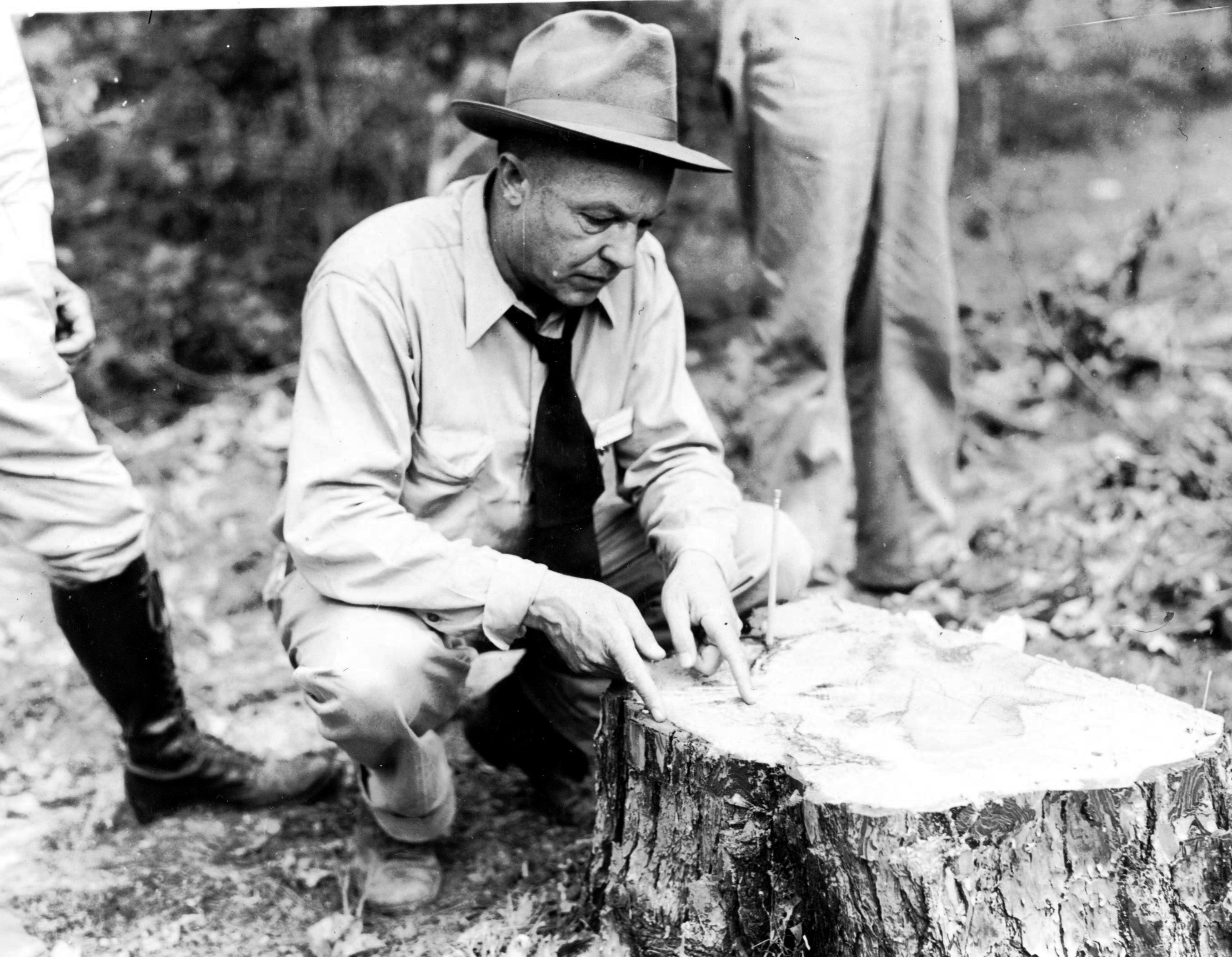
In 1933, a bill was issued authorizing TFS to work with the CCC, without restriction from other branches of state government. Under the leadership of TFS Fire Chief William “Bill” White, the first four camps were established on May 27 and 28, 1933, at Lufkin, Trinity, Livingston, and on the state forest at Kirbyville. By June 19, eight additional camps had been established in Center, Pineland, Maydelle (Fairchild State Forest), Honey Island, Woodville, Weches, Oakhurst, and Conroe. Additional camps were set up later that same year at Woden, Groveton, Jasper, Cleveland, and Huntsville. Between October 1933 and October 1935, TFS was responsible for planning and supervising the fieldwork of 2,400 to 4,000 enrollees at up to 17 CCC camps across East Texas. To accomplish the work, State Forester Siecke asked Governor Miriam “Ma” Ferguson for an additional $35,000 to buy materials, tools and refurbish buildings to support the work. With advocates like the Texas Forestry Association and its corporate members, the funds were granted, even though “Ma” Ferguson was a notorious fiscal conservative. The $64,000 state appropriation for TFS jumped to $93,000 in 1934.
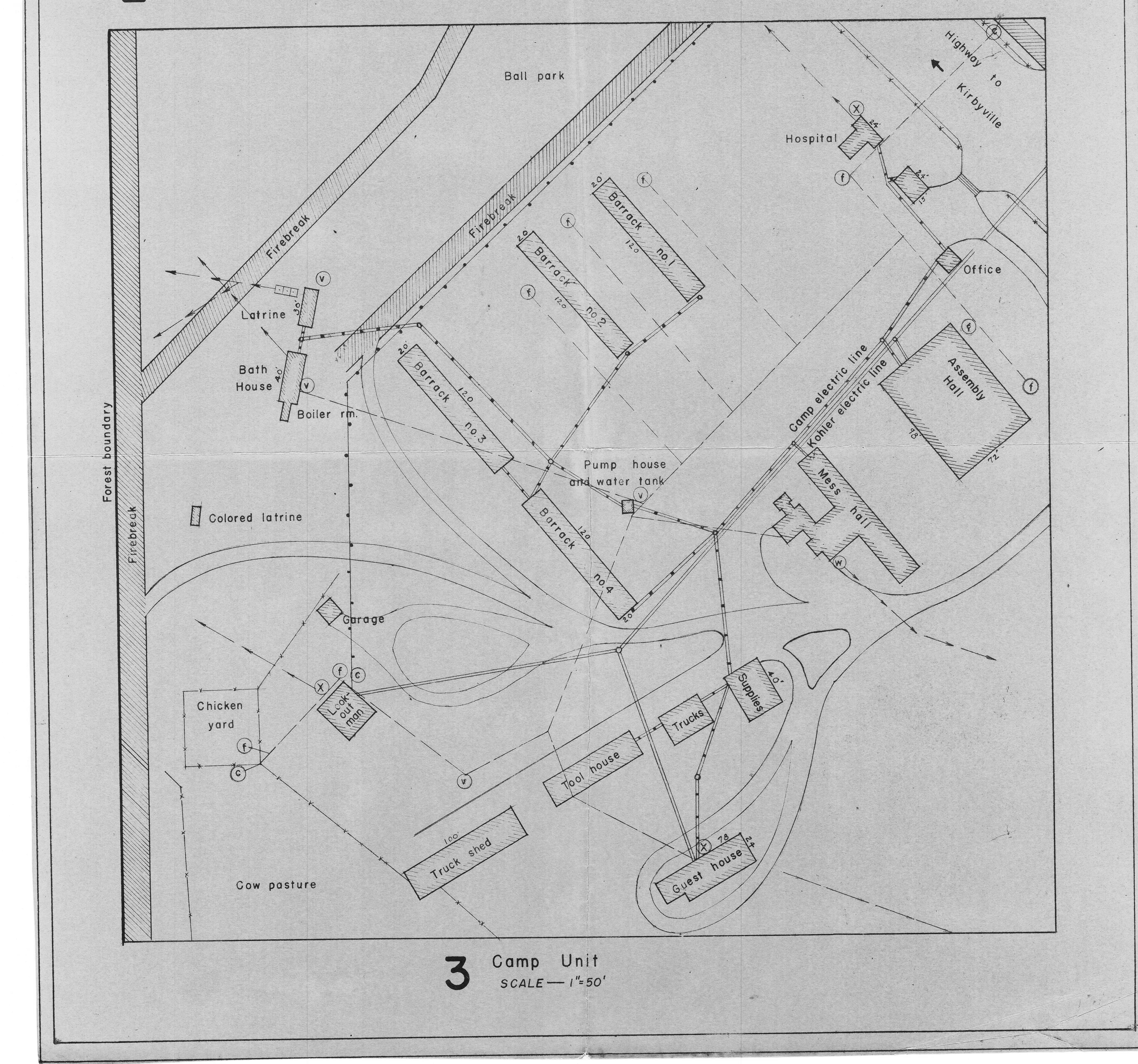
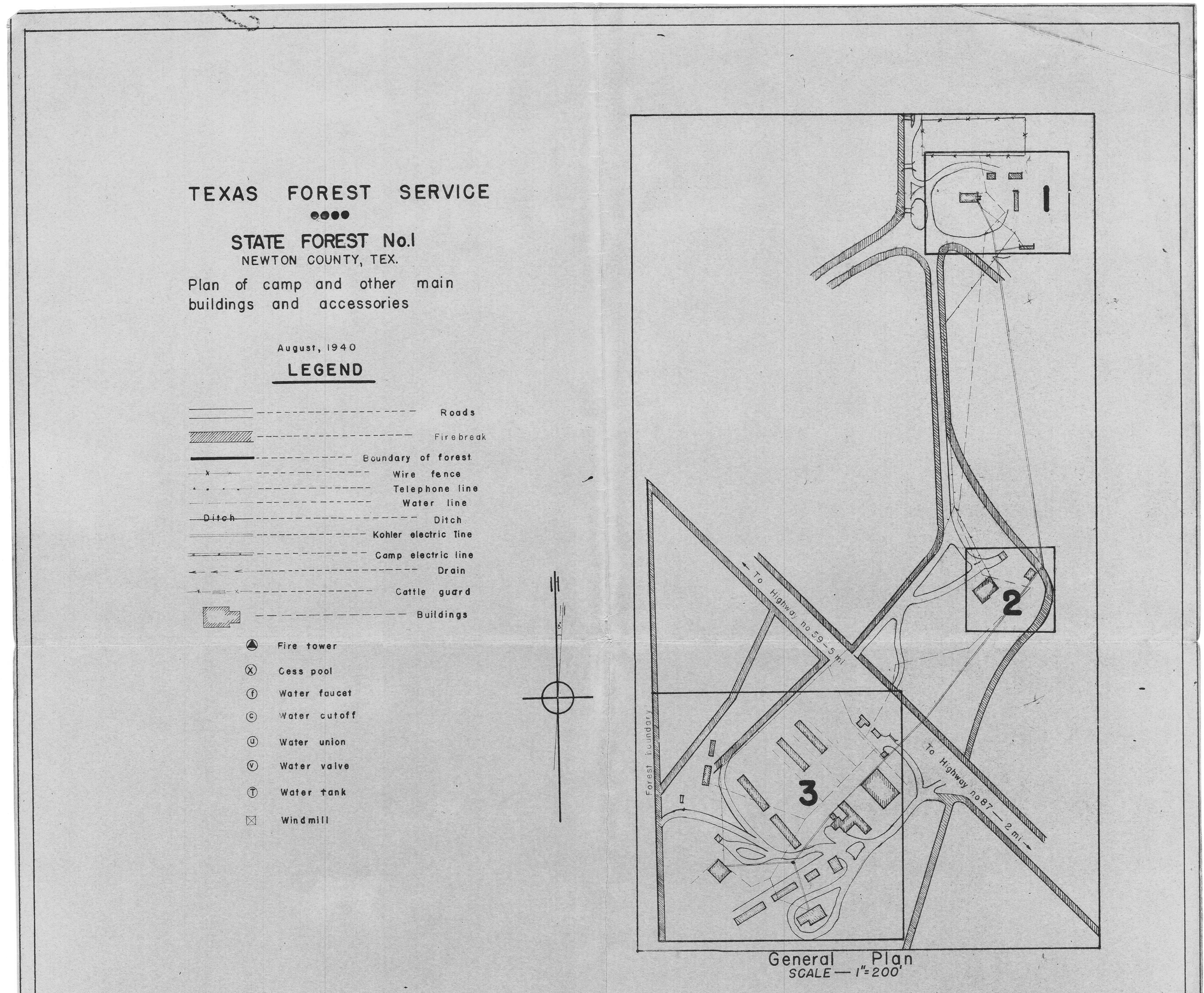
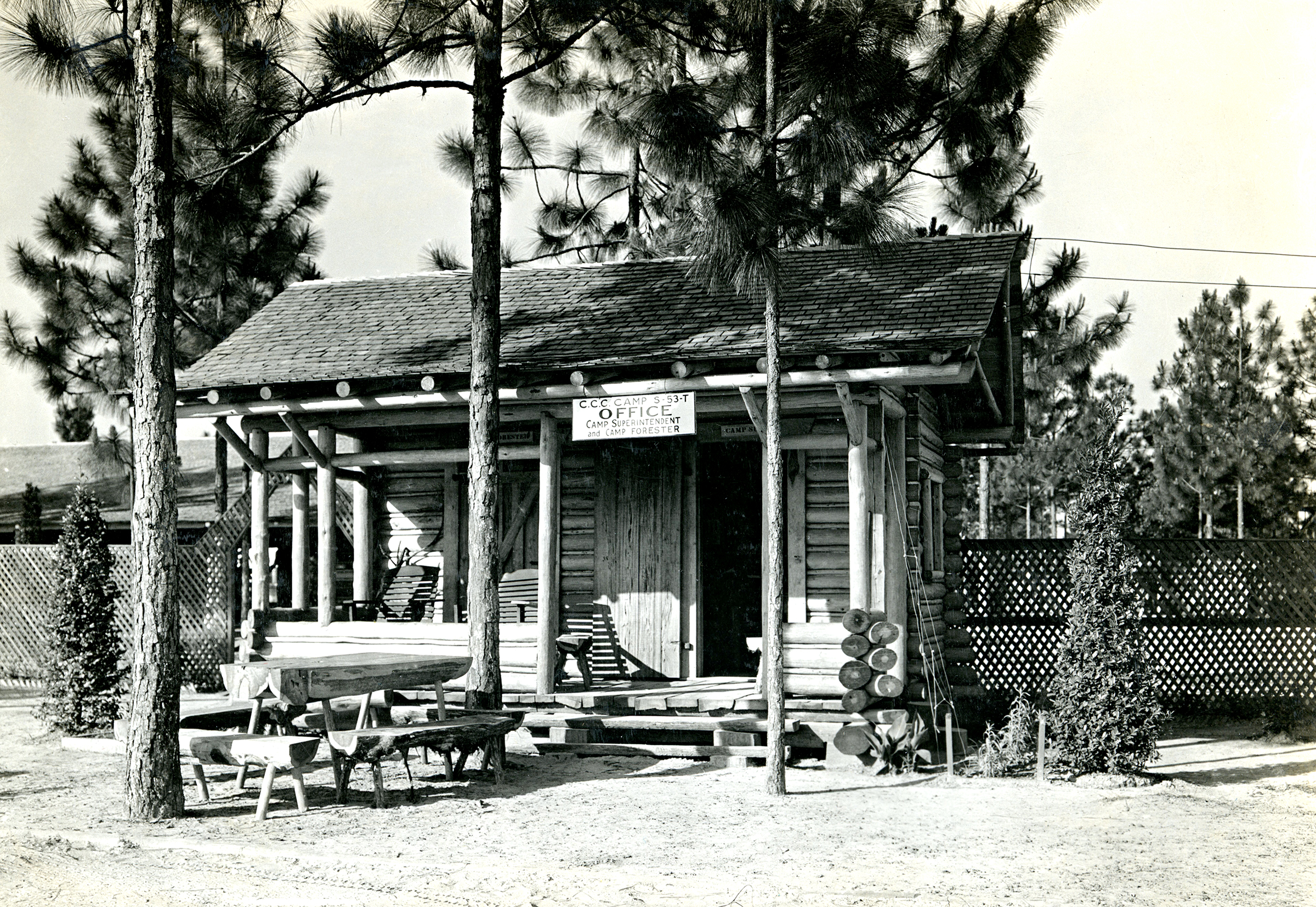
One of the largest camps was constructed on State Forest No. 1 (Siecke State Forest). It boasted an assembly hall, mess hall, hospital, four barracks, and bathhouse with boiler-heated water. The camp also featured a house for the camp superintendent, sheds for the trucks, tools and supplies, plus a ballpark, chicken yard, and cow pastures.
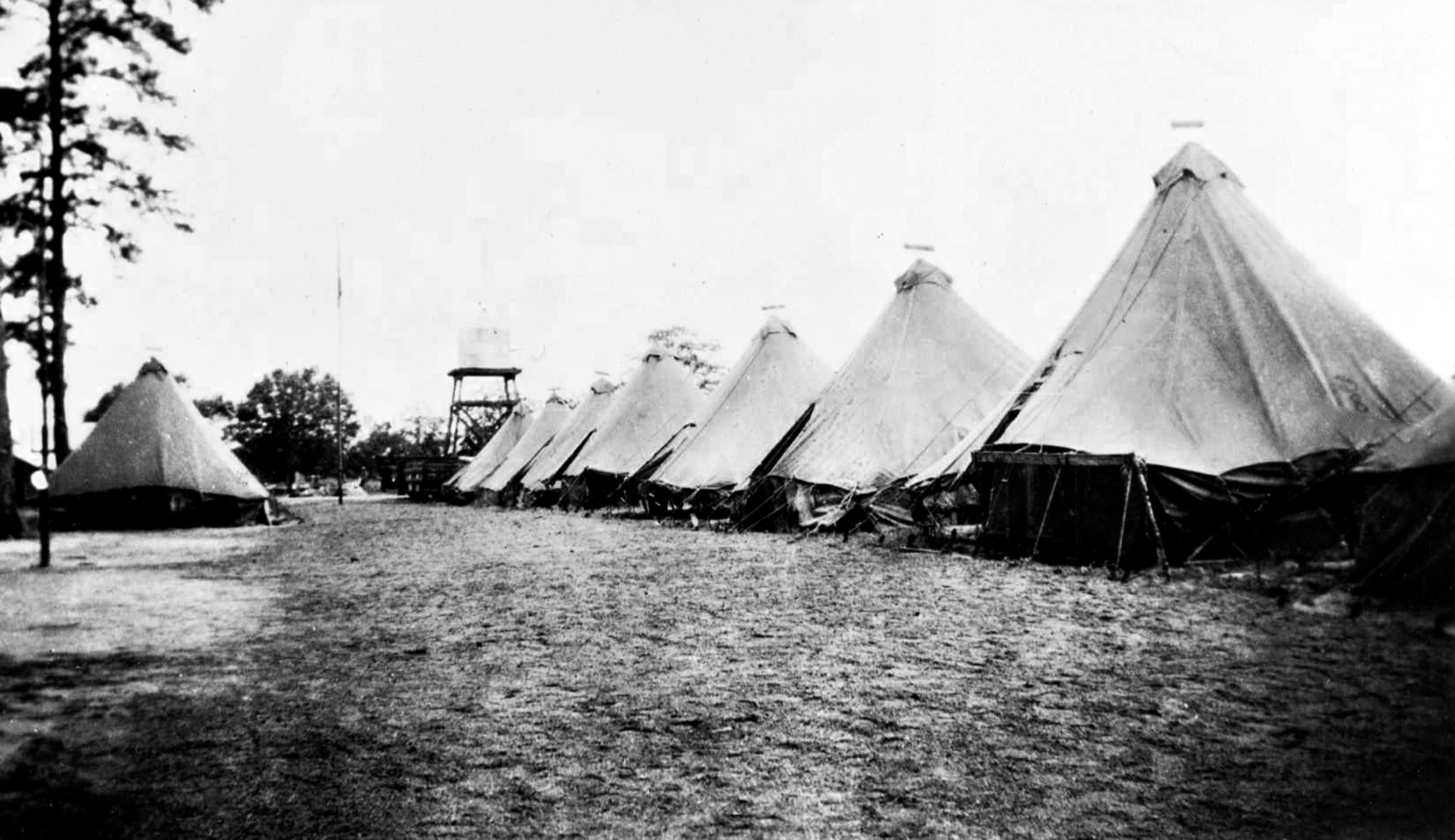
Other camps would never expand beyond tents and temporary structures. Some camps would close and be reopened in different locations as work was completed in an area or more pressing work projects were identified.
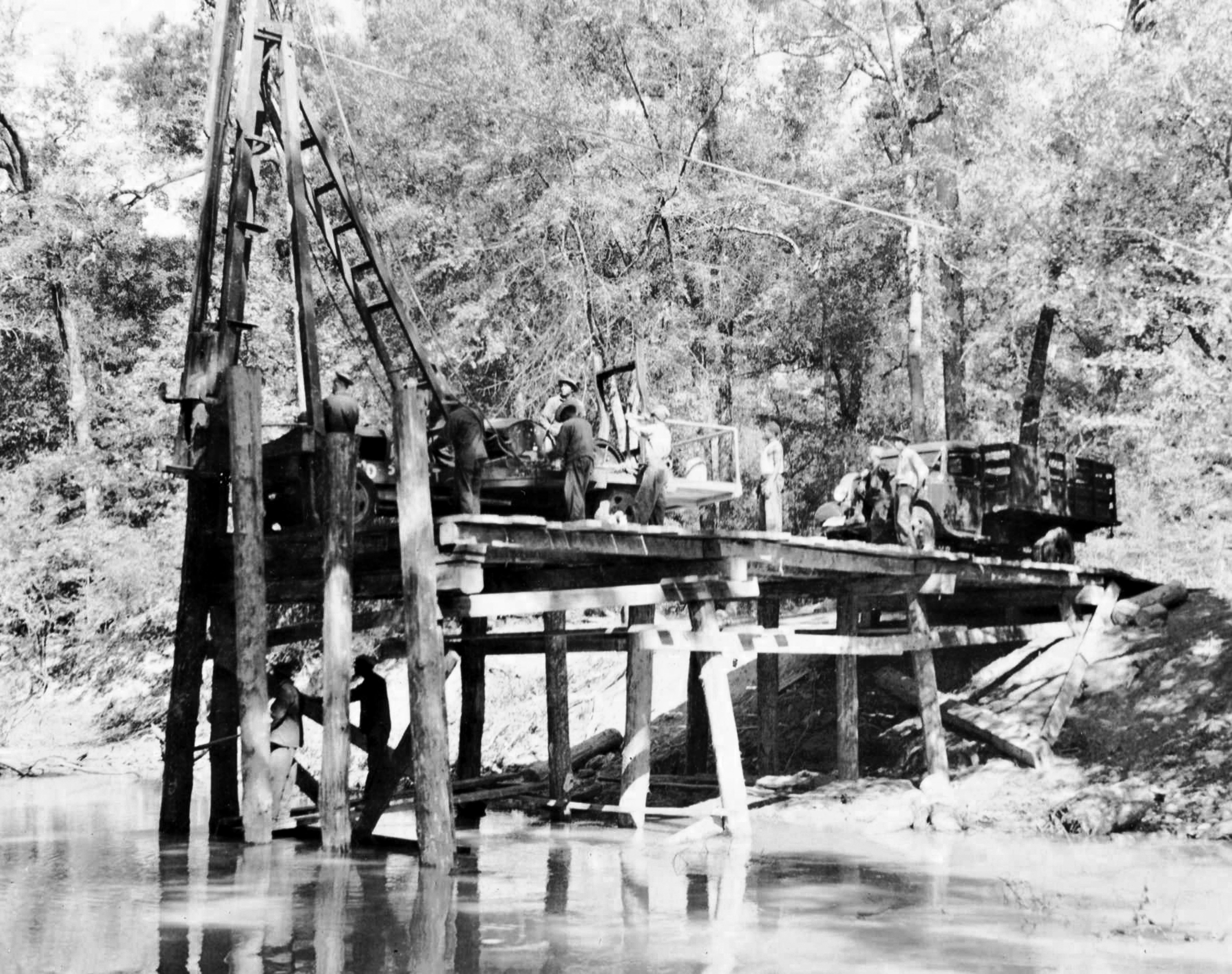
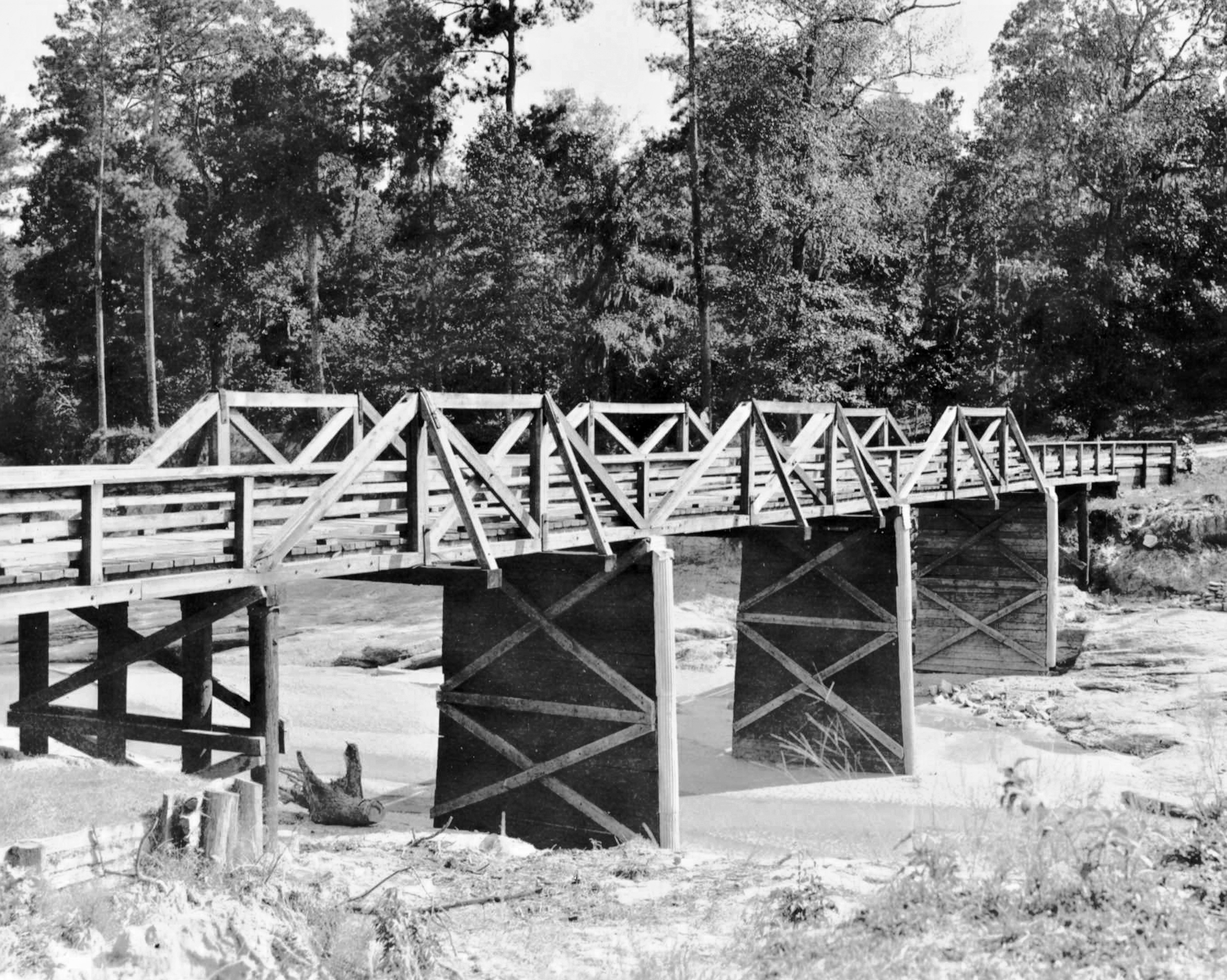
From 1933 to 1936, a CCC camp was located on State Forest No. 3 (Fairchild State Forest). Crewmen constructed roads, bridges, and a small dam and made other improvements throughout the state forest. This camp cut poles and treated them with creosote to support fire-control telephone lines used throughout East Texas.
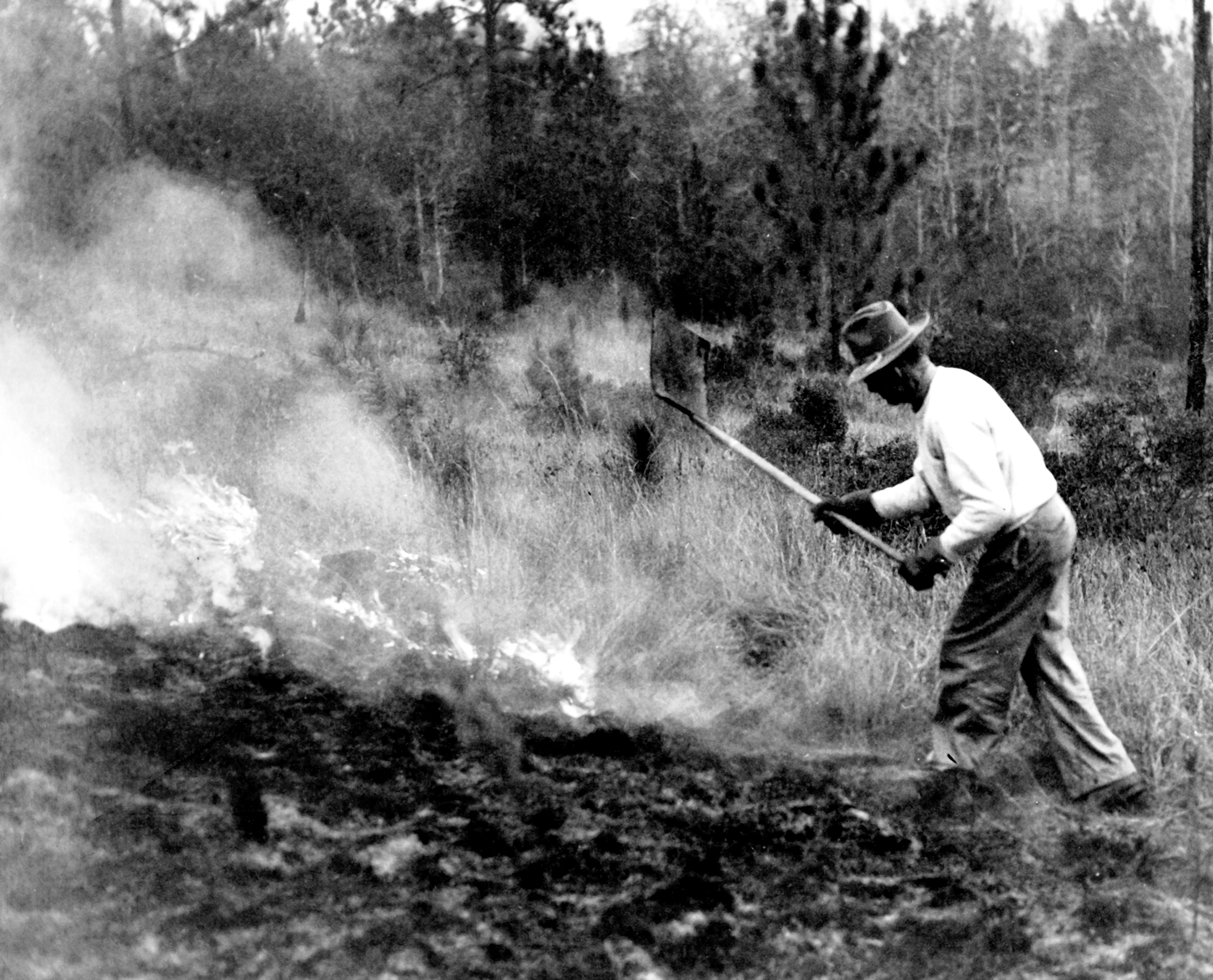
Firefighting had first priority any time, day or night. The firefighting equipment was all hand tools—rakes, hoes, and swatters (a rectangular piece of belting attached to a long handle). The crews were transported to fires in the back of trucks with benches to sit on. There were lots of fires, not all from natural causes. Bill Hartman recalls, “At one time we found out that young girls were setting fires so they could meet the CCC boys when they came out to fight them.”
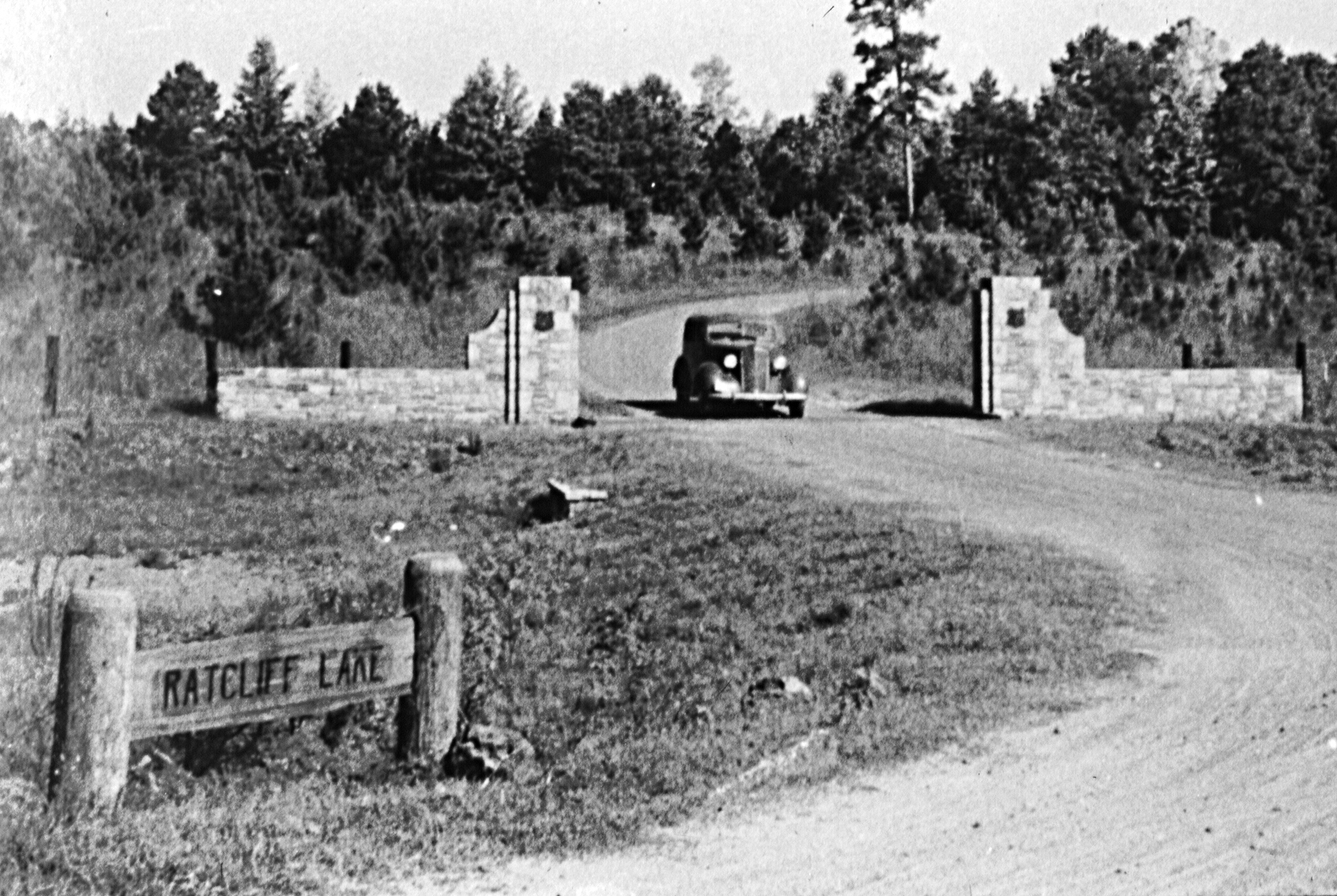
CCC camps in Texas also were assigned work on the newly created national forests, soil erosion sites and state parks. Many of the stone buildings, houses, and shelters CCC boys handcrafted during the 1930s and early 1940s still grace numerous state parks at Bastrop, Mission Tejas, Caddo Lake, Lake Brownwood, Davis Mountains, and elsewhere throughout Texas.
The CCC was disbanded in June 1942, after just nine years. By that time the United States was fully engaged in World War II and many of the CCC boys had opted for higher paying jobs in the rapidly recovering private sector or had transferred directly into the US Armed Forces. By the time the CCC disbanded, crews from East Texas camps had constructed several buildings on the state forests and at the TFS fire protection center (later named Cudlipp Forestry Center) in Lufkin, 2,800 miles of truck trails, 7,000 wooden and stone bridges, 2,200 miles of telephone lines, 81 forest fire lookout towers, and 110 miles of fire breaks. Enrollees also conducted 5,300 acres of thinning and improvement cuttings on state forests and spent 115,000 man-days fighting wildfires.
Some photos courtesy of Texas Forestry Museum and Stephen F. Austin State University
